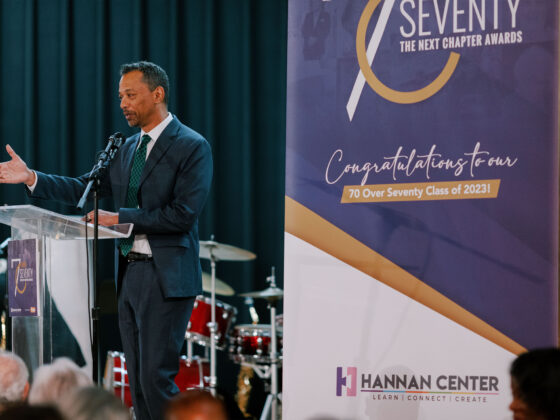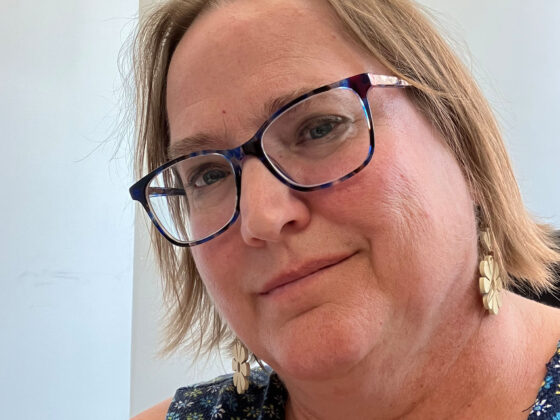For the third time in as many months, I took my mom out to enjoy a live show. The first show was at Detroit’s Masonic Temple, the second at the new Little Caesar’s Arena (LCA), and the third one was at Flint’s Capitol Theatre. Constructed in the 1920s, the Masonic Temple and the Capitol Theatre are reminders of an age when cities erected large, performing arts venues themed after grand, European architecture styles. The LCA, built only a few years ago, boasts an innovative, modern design with many amenities. While all three have aesthetics one might appreciate, they pose logistical challenges for older people and those with disabilities.
In her nineties, my mom is in excellent health. However, I’ve noticed that over the last few years, she has started to walk slower and is a little less steady on her feet. Planning accordingly, I arrived early at each venue to give us time to get settled. However, in each instance, I found limited accessibility options for people who have mobility challenges.
For instance, the event at the Masonic Temple indicated that doors opened at 7:00 pm. In reality, the auditorium didn’t allow patrons to enter until 7:30 (the event started at 8:00), and people stood in the cold waiting to get inside. After getting inside the lobby, there was another 30-minute wait before they allowed people to enter the auditorium. With few places to sit, my mom stood an hour before she could rest. I noticed others with canes and walkers also standing.
Built before the passage of the Americans with Disabilities Act (ADA), the Masonic Temple is not an age-friendly venue. Once inside of the theater, there were other barriers – such as low lighting that did not illuminate the sloped floors, uneven carpeting, and narrow spaces between rows that required you to sidle sideways to squeeze by already seated patrons.
On the other hand, the LCA is ADA compliant, but it still posed some accessibility challenges. For instance, it is not possible to drop someone off near the entrance because of the traffic barriers that the city has installed to keep the Q-line free of congestion. The closest parking garage (which costs $30!) connects to the LCA, but it is a long walk for anyone, let alone someone who needs accommodations.
Once inside the arena, you can move between floors on an elevator, but steep stairs to the stadium seating were another obstacle to navigate. Flint’s Capitol Theatre also had accessibility barriers – no elevator to access the balcony, and steep stairs to descend to get to seating.
Typically, I wouldn’t have thought twice about these issues, but having my mother with me caused me to be hyper-aware. While some of the concerns that I raise may be unavoidable (e.g., stadium stairs), I still wondered whether more could have been done to improve accessibility. These experiences also made me realize my own privilege. Other than the recovery period after my knee surgery, I’ve never worried about accessibility issues. Walking too far or standing for long periods isn’t an issue for me right now, but one day that may change.
Given that in just a few years, our senior population will swell to where there are more people who are 60 years and older than those who are under 18, developers, city planners, and other decision-makers must think about how to make communities work well for people from the ages of two to 92. If they don’t, there will be a lot of us on the outside who are looking in.
– By Vincent Tilford, Executive Director




Hello Vincent!
I truly enjoyed your article on, “Ageism and Privilege!” I think we all should concern ourselves with accessibility issues, as you stated, perhaps it’s a surgery that renders one disabled, or maybe it’s age, regardless, shouldn’t everyone have access to public and cultural events? My husband is a veteran who has trouble walking, and because of this, he can no longer enjoy many of the art fairs and outdoor activities we have enjoyed in the past, my brother had a stroke, and even though he can walk, he can’t climb stairs. What type of society discounts and ignores the whole of its’ citizens, we have got to do better! More signage, golf carts, elevators, scooters…. at these events would surely help, in-fact many of these events are attended by older adults and very few younger people; it’s time that we take a real serious look at making these evets available to all! Thank you for your thoughtful artical, and tell your mom to, “keep it moving!” You are indeed a great son!